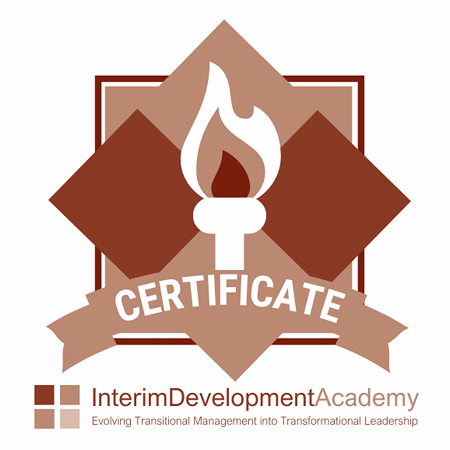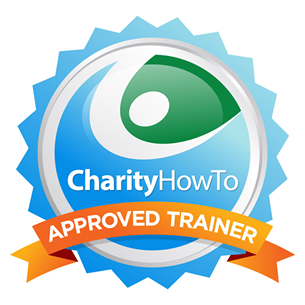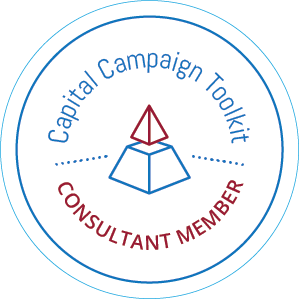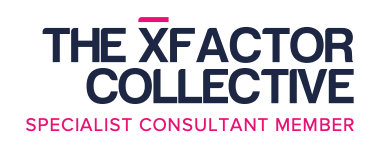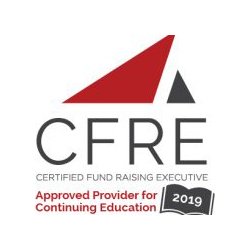What, wait, we hired that Capital Campaign Consultant to run the campaign, and now you are telling me that I have to do something. No, this can’t be possible.
Yep! It would be unrealistic to think that a capital campaign is left up to the staff to manage. How could they? The staff doesn’t have access to donors and to peer networks? A campaign is not a one, or two, or even three person job. It is even more unrealistic to think that now the capital campaign consultant is in town, no one
needs to do anything period.
So, I know you’re shaking in fear that you might have to ask for money. Well, yes, you may. But, that is not your only role in a capital campaign.
When running a capital campaign, I meet with each of my campaign’s Board of Directors and review the Campaign Plan, goal, schedule, gift chart, and Case for Support. I insist that they vote to approve these primary campaign documents.
And, I also share with them a Board commitment form that I have each and every one of them sign and date.
Board members have many responsibilities to a campaign. Below is my top ten list of capital campaign responsibilities and what I expect them to commit to:
- Not taking on any major new volunteer roles for other organizations and consider how to pare down current obligations and be accessible to the campaign.
- Review their philanthropic planning for the next year and perhaps beyond, as well as their calendars for those years.
- Consider what role they could and would like to play in the campaign. Every board member will be responsible for some part of the campaign and will be engaged in identifying and enlisting campaign committee members.
- Review their list of contacts – friends, neighbors, business associates – and carefully consider which of them may be interested in learning more about the organization.
- Review and approve the capital campaign plan as recommended by the capital campaign planning committee.
- Make a “stretch” gift to the campaign. Board members will all support the Annual Fund campaign each year in addition to supporting the capital campaign. All board members will participate financially in the campaign – to the best of their ability. The board will be the first to give. It is essential that other donors see 100% percent participation of the board. It shows them that the board has the utmost faith, confidence, and enthusiasm for the organization.
- Ensure that contribution are used well and according to donor intent.
- Read all materials given to them by the organization and the campaign. Members of the community – donors, clients, friends, neighbors, etc. – will turn to the members of the board for guidance and information.
- Be an advocate for the organization, to the best of their ability, in the local and the wider community. Help expand the organization’s influence and exposure throughout the community by:
o Securing the sponsorship of a community group to support the campaign.
o Recruiting a speaker, host, or sponsor for a special event.
o Arranging tours of the organization for interested individuals, corporations, foundations or others.
o Hosting an event at their home, place of business or community organization.
o Endorsing a solicitation made by the campaign leaders, either by phone or by letter.
o Setting aside at least 20-30 minutes weekly to plan how to help the organization’s campaign.
o Thanking donors and staying in touch keeping them informed of the project plans.
o Evaluating the success of the campaign to determine strengths, areas of improvement and effectiveness of board policies and decisions.



 Board. So, Board driven is an option.
Board. So, Board driven is an option.


 the organization is meeting the needs of those that they serve through assessing the community during a strategic planning process, then evaluating current services to ensure that there is alignment between need, mission, and programs.
the organization is meeting the needs of those that they serve through assessing the community during a strategic planning process, then evaluating current services to ensure that there is alignment between need, mission, and programs.
 average of twenty cents per dollar raised to renew donors via direct mail? It costs about $1 to $1.25 to acquire a donor using that same method. That is five times more. And, on the converse, these new donors tend to give substantially less. It is much easier to upgrade an existing loyal donor to a higher level of giving.
average of twenty cents per dollar raised to renew donors via direct mail? It costs about $1 to $1.25 to acquire a donor using that same method. That is five times more. And, on the converse, these new donors tend to give substantially less. It is much easier to upgrade an existing loyal donor to a higher level of giving.

